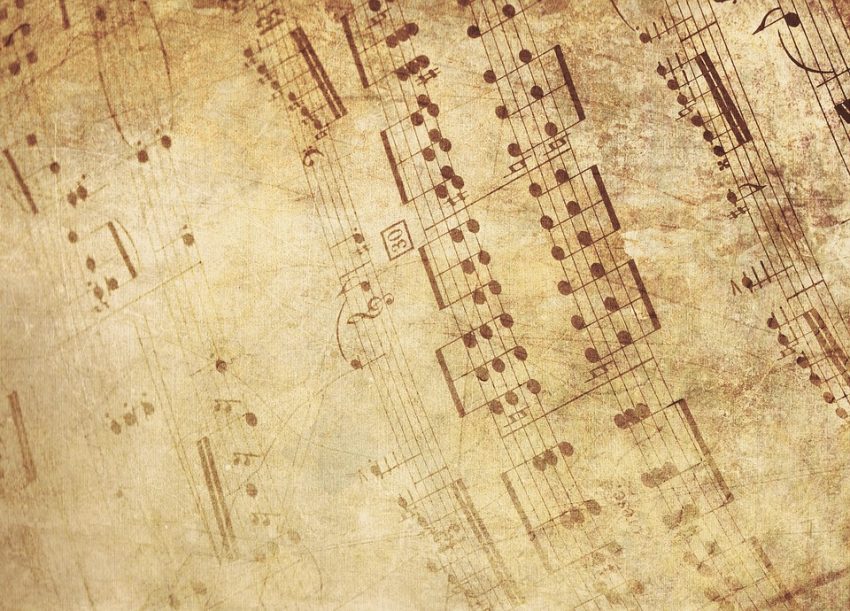At first glance, math and music may not seem to have much in common. One is all about numbers and equations, while the other is based on emotion and rhythm. However, dig a little deeper and you’ll find that the two disciplines are more closely related than you might think. In fact, many of the world’s greatest mathematicians were also gifted musicians. Here’s a look at how math and music are connected.
Mathematical Structure of Music
Music is based on mathematical patterns and relationships. For example, a musical scale is simply a pattern of whole steps and half steps. A whole step is equal to two semitones, while a half step is equal to one semitone. This simple pattern can be seen in the major scale: whole, whole, half, whole, whole, whole, half.
The structure of chords is also based on math. A chord is simply a combination of two or more notes played together. The most common type of chord is the triad, which consists of three notes. The interval between the bottom two notes of a triad is called the root position. The interval between the top two notes is called the inversion.
The mathematics of music don’t stop there. The tempo of a piece of music is measured in beats per minute (BPM), which is simply a way of measuring how fast or slow the music is being played. The length of each note is also based on math; for example, a quarter note gets one beat, while an eighth note gets half a beat.
Conclusion
As you can see, math and music are more closely related than you might think. So next time you’re jamming out to your favorite tunes, remember that there’s a lot of math behind the music!

